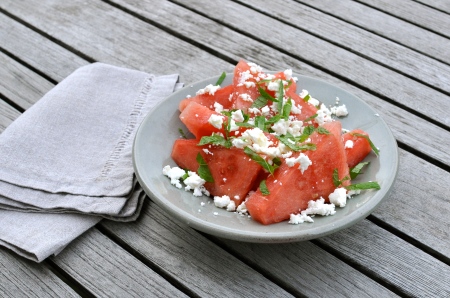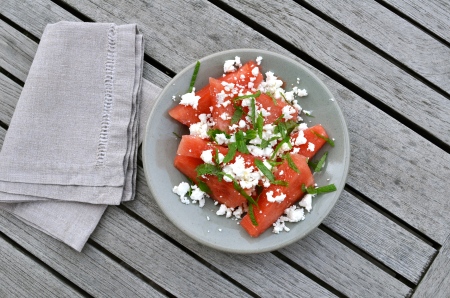
A sign of the times, my grand old age, or a big sister’s indefatigable propaganda, I’ve become much better at not throwing food away. No doubt the most common victim of under-consumption (or, rather, over-acquisition) in our house is bread. Pain perdu is my favorite recycling method.
‘Pain perdu‘ is French toast, though it isn’t specifically French. Its French name means ‘lost bread,’ though it may not always have been about saving stale bread.
Historical references date back to a Roman cookbook, Apicius de re Coquinaria, whose exact date and origins are imprecise though probably from the third century: white bread soaked in milk and beaten egg, fried, and drizzled with honey. One of many aliter dulcia (‘other sweet dish’).
Later references to bread soaked, spiced, and cooked span countries and centuries, and has assumed many names. ‘Eggy toast’ and ‘German bread,’ ‘poor knights of Windsor’ in English, Arme Ritter in German. English references from the 17th century describe a bread soaked in wine rather than milk — the origin of its now most common epithet?
Pointing to the use of brioche and spices, both the Oxford Food Dictionary and Larousse Gastronomique suggest a dish too precious, historically, to be a recipe about stale bread. But is there necessarily a contradiction — even a royal kitchen will have had ways to reuse old bread.

My method is to cut the pieces of bread into small chunks, creating a Kaiserschmarrn–style French toast.
‘Pain perdu’ recipe
Quantities for about 3 cups of cubed bread
About 3 cups of cubed stale bread
Whole milk (at least 2 cups)
3 eggs
2 Tbsps sugar
1/4 tsp cinnamon
Pinch of nutmeg
Small handful of raisins
Apple or pear
Unsalted butter or clarified butter, which is less prone to burning
Maple syrup to serve. Also, optionally berries or a fruit compote.
Place the cubed bread in a large bowl and pour just enough milk over the bread for it to be absorbed. Let this sit, tossing occasionally, until the bread is moistened. This can take anywhere from about 5 to 20 minutes, depending on the type of bread and how hard it is (beware not to let the bread soak for too long, the pieces of bread should be wet through but not become crumbly and disintegrate).
In a smaller bowl, beat the eggs with a fork and add another 250 ml (1 cup) of milk, the sugar, cinnamon, nutmeg, and raisins. Beat well to combine and pour the egg/milk mixture over the bread. The bread should absorb the liquid with a bit left over. If it is too dry, add some milk. If it’s too ‘liquidy,’ don’t pour all of the liquid into the cooking pan (otherwise it won’t brown, it will become a soggy omelet).
Peel, core, and cut the fruit into quarters and then eights.
Heat a heavy cast-iron or non-stick skillet over medium to high heat. Melt a generous pat of butter in the skillet, and when hot, pour in the wet bread/egg mixture. Let it brown for a good few minutes before stirring. If using apple, add it now. Cook and stir until all the pieces of bread are golden (occasionally, if necessary, I add more butter).
Serve with maple syrup or accompanied with berries or a fruit compote.



